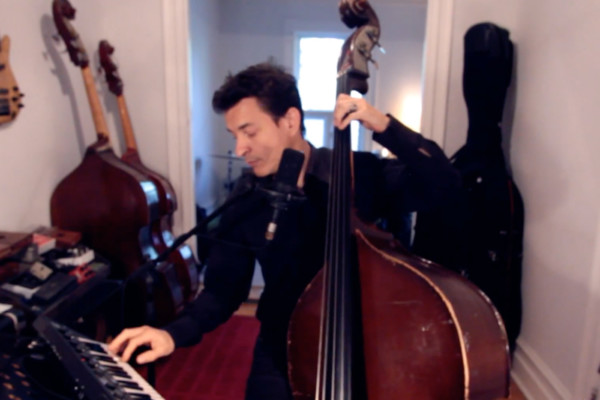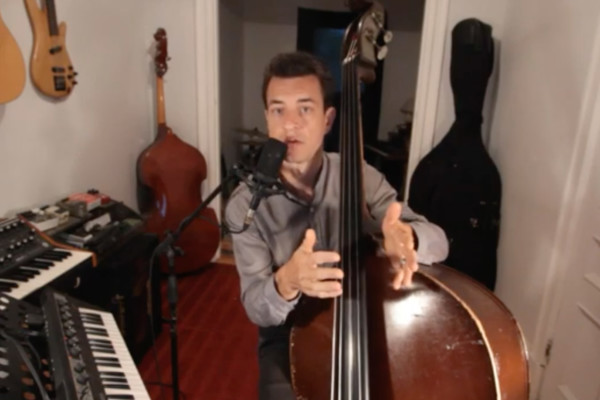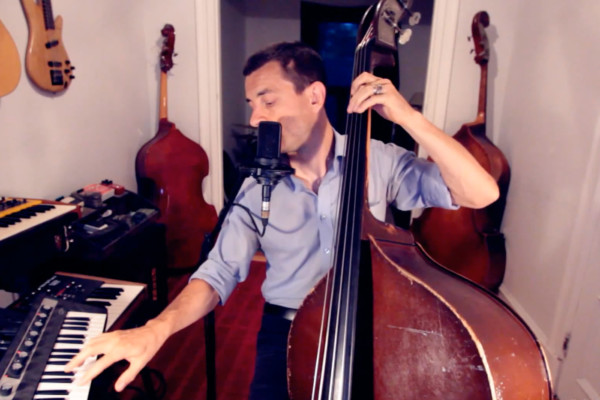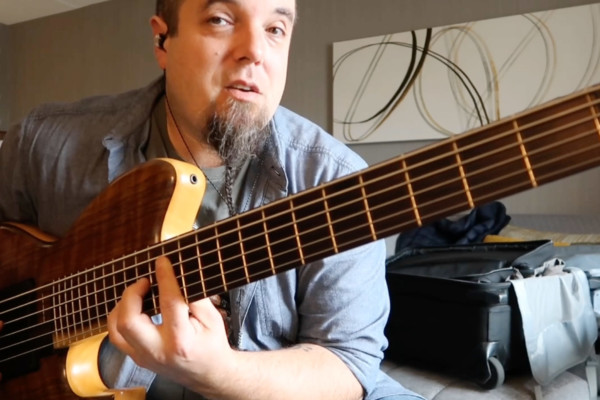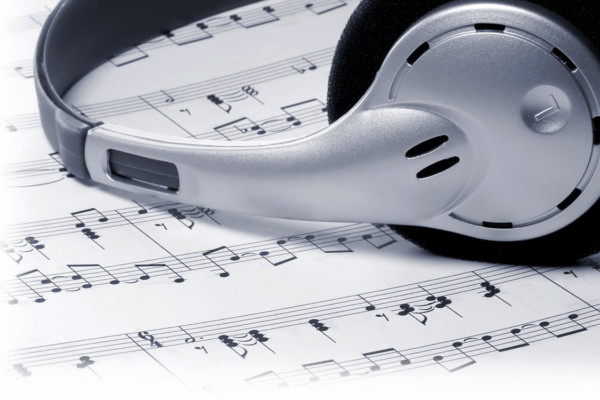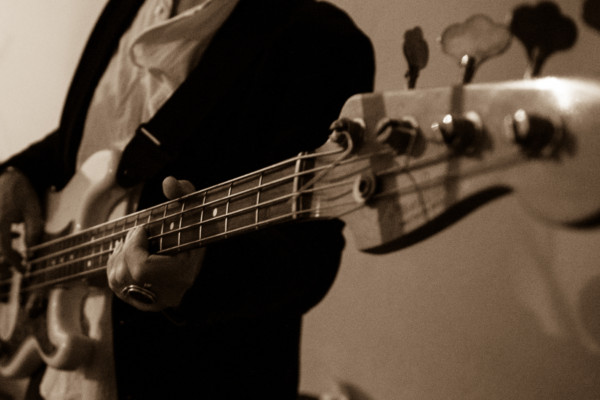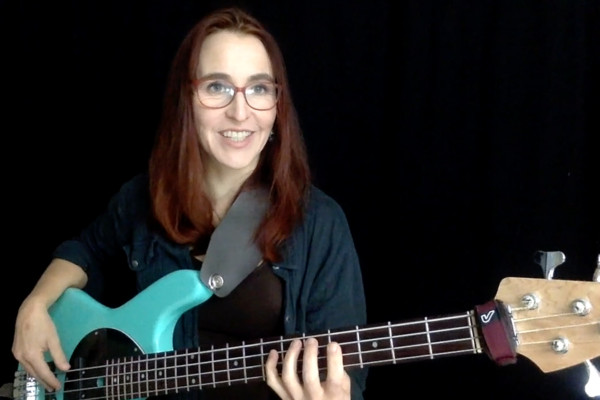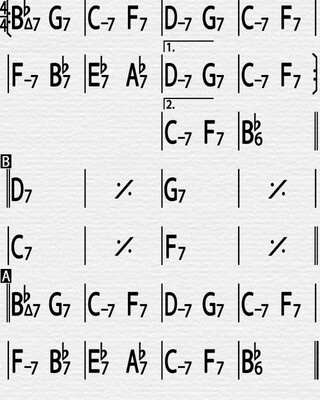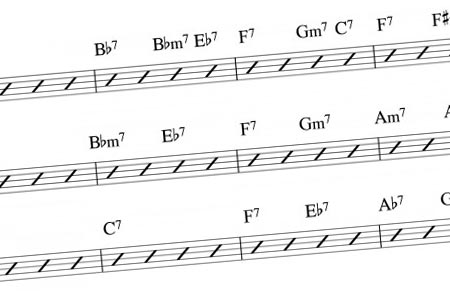Chord Progressions Archives - Page 2
The Lightbulb Moment: Discovering The Key
One universally befuddling inquiry is deceivingly simple, “what key are we in?” As easy as it sounds, the key of a song can often be interpreted in different ways. That’s the subject of this “Lightbulb Moment” column.
Bass & Creativity: Chord Alterations in Depth, Part 2
This Bass & Creativity lesson is the second part about alterations of dominant chords. Today Olivier Babaz takes a look at b9 and #9 added to a 7 chord within a II V I.
Bass & Creativity: Chord Alterations In Depth
In this “Bass & Creativity” lesson, Olivier Babaz takes a deep dive into some alterations of the dominant chord. With the help of piano and on bass, he covers how to get used to the colors and options of b13 and #11 within a II V I progression.
Bass & Creativity: The ii-V-I and Voice Leading
The ii-V-I is one of the most common chord progressions in music. As bassists, we have a horizontal view of the harmonic movement. Today we’ll see how other instruments view the progression and implement voice leading to build interesting lines.
Exercise For Unlocking The Fretboard
In this video, we’ll work through a great pattern that I learned from the great trombonist Dave Glen. It’s a fantastic way to make the transition between scales and arpeggios and also helps you to relate them more naturally to different chord types. I found this very useful when I first heard Dave talking about it and I think you...
Creative Bass Lines: Using the Melodic Minor Scale To Navigate on a Minor ii-V-i Chord Progression
Welcome back to another column, and today we’re diving further into jazz-related harmony with a look at starting to get inside two of the most useful modes from the melodic minor scale. The full line is demonstrated right after the opening title credits, with a little backing groove, and then during the video, I dissect and explain it for you....
Should I Be Afraid of Breaking the Rules of Harmony When Composing?
Q: I have been playing bass for others for years but when it comes to writing my own music I constantly question myself about the rules. I understand if it sounds good play it but, “what key could this be and, can I play a dominant 7 here, and will it still be in a key?” (In the musical rulebook)...
The Lightbulb Moment: Substitutions
For those of you who haven’t noticed, I enjoy learning about food almost as much as I enjoy exploring the bass. Lucky for me, there are plenty of parallels between the world of food and the world of music. Both rely on unique combinations of ingredients in order to make a final product. Both can be traced back to a...
Talking Technique: Drills for Fills – Applied
In episode 22, we introduced a way of practicing scales that uses intervals rather than going up and down the scales themselves. We went over thirds, which gives you great materials for runs, fills, and solos. Someone asked in the comments if I could give some examples of how to use the material in a chord progression, so that’s what...
Progressions: A Guide to Making Practice Productive and Fun
Q: I’m just now three weeks in to my bass lessons so I apologize for the “newb” question. Where can I go to find songs in a specific chord progression that I can play along with? For instance, I’ve learned 12 bar blues in G Major. Now I’m doing web searches to find tunes I can apply what I’ve learned....
Exploring Turnarounds
Q: I really enjoy and find great value in your columns on No Treble. In your last column, you discussed the modal and chordal approaches and mentioned this: “Don’t forget to also practice and transcribe things, which will make you a stronger bassist (walking, common endings and turnarounds, time, various time-feels, and so on.)” Could you expound further on what...
Blues Endings: Tips for Avoiding the Train Wreck
Early on in my musical career, a wise man once told me that the mark of a good band is one that starts together and ends together. This doesn’t mean that whatever is played in the middle doesn’t matter, but it alludes to the importance of how well-rehearsed the players are or how well they feel each other out if...

